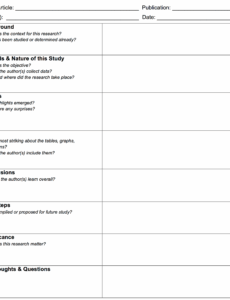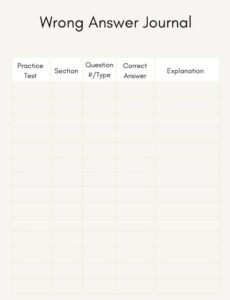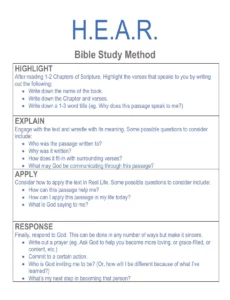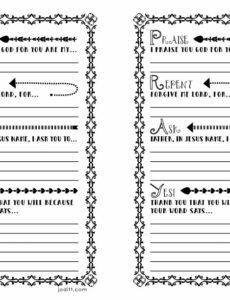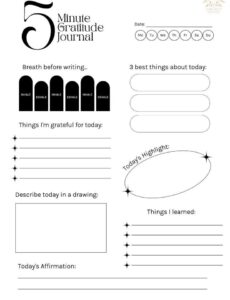Marching band season is a whirlwind of intense rehearsals, challenging choreography, and the pursuit of musical excellence. For any section – brass, woodwind, percussion, or guard – achieving a cohesive, polished performance requires more than just showing up; it demands focused, intentional practice. Often, sections struggle with consistency, tracking their progress effectively, or ensuring every member is aligned with the group’s goals. Without a structured approach, precious rehearsal time can be less productive than it should be, leaving both section leaders and members feeling like they’re spinning their wheels.
Imagine having a clear record of what your section worked on, what challenges were overcome, and what goals were set for the next session. This level of organization can transform your practice sessions from chaotic to constructive. That’s precisely where the power of a dedicated section practice journal comes into play, providing a framework for continuous improvement. By utilizing a well-designed marching band section practice journal template, you can elevate your section’s discipline, accountability, and ultimately, its performance on the field.
Why Your Section Needs a Dedicated Practice Journal
Individual musicians often keep practice logs, and for good reason: they help track progress, identify areas for improvement, and maintain motivation. When you scale this concept to an entire section, the benefits multiply exponentially. A section practice journal isn’t just about individual notes; it’s about fostering collective accountability and driving a shared vision of success. It allows section leaders to monitor the bigger picture, noticing patterns in struggles or triumphs across the group that might otherwise go unnoticed.
This systematic documentation helps in pinpointing specific weaknesses within the section. Is the low brass struggling with a particular rhythmic passage? Is the woodwind section consistently missing a dynamics change? A journal provides concrete data, rather than relying solely on memory or subjective feelings. This objective record becomes an invaluable tool for targeted instruction, allowing you to dedicate practice time precisely where it’s needed most, rather than broad, generic drills that might not address the root issues.
Furthermore, a dedicated practice journal encourages a culture of reflection and strategic planning. After each rehearsal, the section can collectively review what transpired, discuss what went well, and frankly assess areas that require more attention. This isn’t just about fixing mistakes; it’s about understanding *why* they occurred and devising proactive strategies to prevent them in the future. It empowers section members to take ownership of their learning and contribute to the section’s overall development.
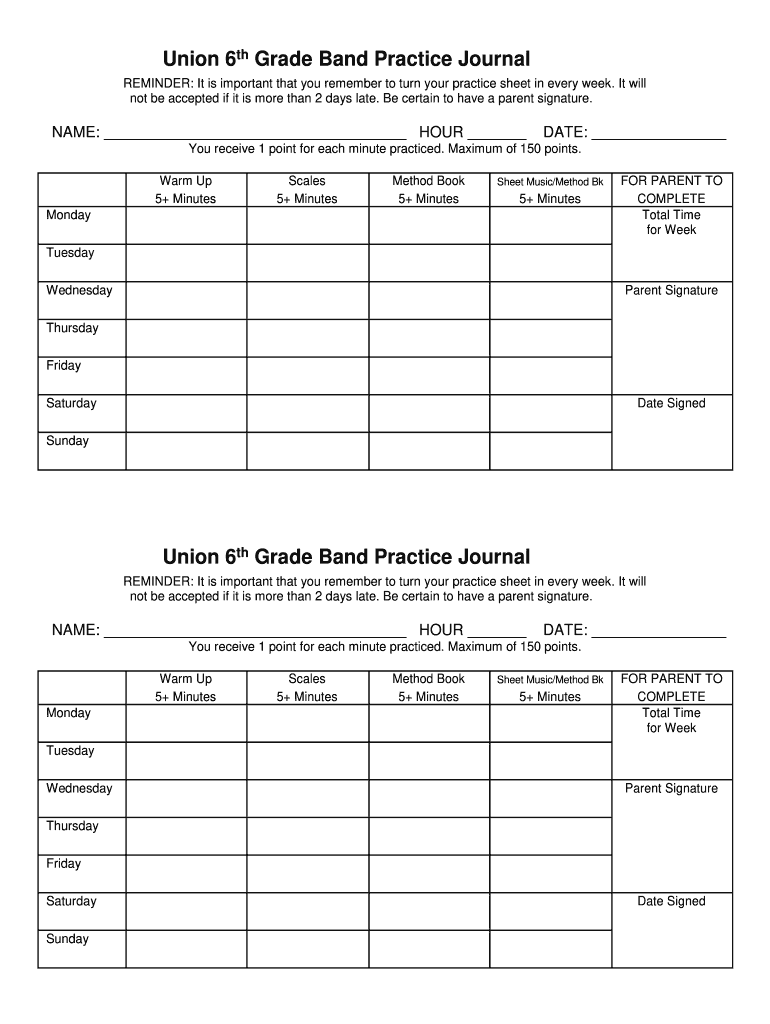
In essence, a practice journal serves as your section’s institutional memory and future roadmap. It ensures continuity, especially crucial when section leadership changes or new members join. Everyone can quickly get up to speed on what has been worked on, the established standards, and the ongoing goals. This consistent approach fosters a more disciplined and cohesive unit, ready to tackle any challenge the marching band season throws its way.
Benefits of a Structured Approach
- Improved Section Cohesion
- Targeted Skill Development
- Enhanced Accountability
- Efficient Use of Practice Time
- Clear Progress Tracking
Key Elements of an Effective Marching Band Section Practice Journal Template
An effective marching band section practice journal template goes far beyond a blank notebook. It provides a structured framework that guides your section through meaningful reflection and goal setting, ensuring every practice session is purposeful. The design of the template itself can significantly impact its usefulness, prompting section members and leaders to consider specific aspects of their performance and planning. It acts as a consistent guide, making sure that no crucial element of improvement is overlooked.
First and foremost, a good template will include sections for basic logistical information. This typically means spaces for the date of practice, the start and end times, and a clear attendance log for all section members present. Knowing who was there for specific drills or instruction helps track individual progress and ensures everyone receives the same information. It also often includes a section for the primary focus or objective of that particular practice, setting a clear intention from the outset.
Beyond the administrative details, the core of the template should focus on the *what* and *how* of practice. This includes designated areas for logging warm-up routines, fundamental drills, and specific musical excerpts or charts that were rehearsed. Crucially, it should prompt the recording of tempo markings, metronome settings, and any specific staging or movement counts associated with the music. Having these details written down prevents confusion and promotes consistency between practices, allowing the section to pick up exactly where they left off.
A truly valuable template also integrates elements for reflection and forward planning. This means sections for recording observations from the section leader or instructor, specific feedback given, and notes on what went particularly well or what challenges emerged. Most importantly, it should include dedicated space for setting clear, actionable goals for the *next* practice session. This forward-looking element transforms the journal from a mere log into a dynamic tool for continuous growth and improvement, ensuring that every session builds meaningfully on the last.
- Date and Attendance Tracking
- Warm-up and Fundamental Drills Log
- Musical Repertoire Focus Areas
- Tempo and Metronome Mark Records
- Section Leader/Instructor Feedback Section
- Self-Assessment and Group Reflection Prompts
- Goals for the Next Practice Session
Implementing a structured practice journal for your marching band section can be a game-changer. It shifts the dynamic from simply going through the motions to actively engaging in a process of collective growth and refinement. This consistent documentation builds a foundation of discipline, clear communication, and shared understanding that is invaluable throughout the rigorous marching band season.
By committing to regular entries and thoughtful reflection facilitated by a well-designed marching band section practice journal template, your section will not only track its journey but actively steer it towards greater achievements. You’ll cultivate a more organized, accountable, and ultimately, a more musically and visually impressive unit, ready to shine on the field.
